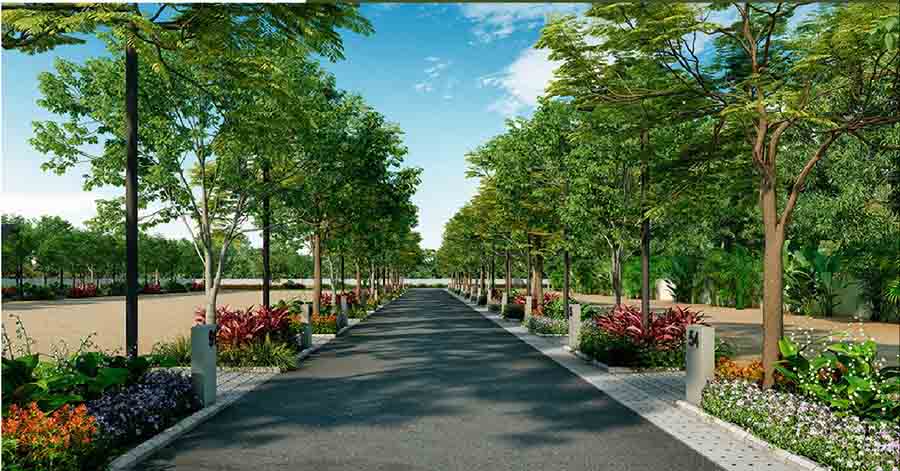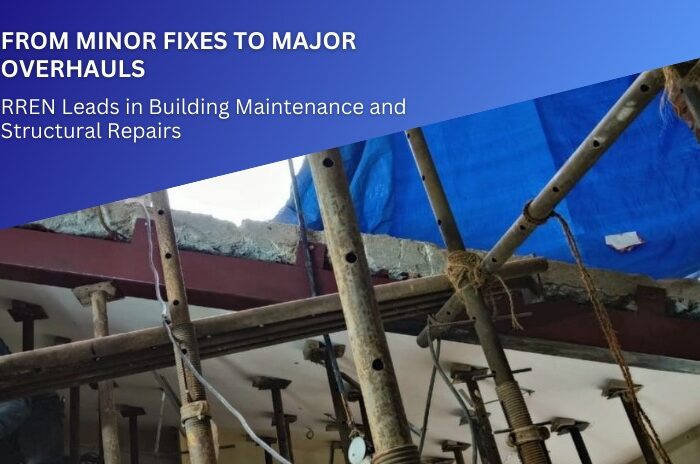Historical Indian construction
India is one of the oldest countries in the world with a rich and varied heritage. The exhibit of natural and cultural heritage diversity highlights India among other countries. Heritage architecture plays an important role in helping understand the divergence between various heritages in different parts of the country. The historical constructions extend a great deal of information about ancient construction practices and resources used to construct numerous buildings that still stand as symbols of historical monuments to date.
Ancient Indian Construction
The materials used for construction in India during ancient times were leaves, animal skin, animal bones, stone, bricks, mud, wood, lime, and thatch. A few of the ancient historical Indian construction styles are rack-cut caves, monumental stone architecture, decorated stupas, stand-alone temples, palatial architecture, theatre and stadiums, fortifications, and so on. However, the houses built in ancient times were almost similar in characteristics which had one to three stories and a courtyard in the center. The materials used were stone, mud bricks, and a framework of timber. Historical Indian construction is best in architecture when it comes to building temples that fall into three styles which are the Nagara style, the Dravidian style, and the Vesara style. The Nagara style was the construction style of northern India that had elaborate boundary walls or gateways. Some examples of the Nagara style are the Kandariyan Mahadeva Temple, Sun Temple, and Ossian Temple. The Dravidian or the South Indian style were buildings that were enclosed within a compound wall that had a gateway at the center of the front wall. The Sriranganathar Temple, Meenakshi Amman Temple, and Brihadeeswarar Temple are examples of the Dravidian style. The Vesara style is a blend of both the north and the south styles examples of which are the Kailashnath Temple, Chennakesava Temple, Virupaksha Temple, and Ladkhan Temple.
Historical Buildings in India
Below is a list of some of the most famous historical Indian constructions
- Nalanda University in Bihar.
- Stanchi Stupa in Bhopal.
- Ajanta and Ellora Caves in Aurangabad in Maharashtra.
- Agra Fort in Uttar Pradesh.
- Red Fort in Delhi
- St. Thomas Church in Palayoor, Kerela.
- Vittala Temple Complex, in Hampi, Karnataka.
- Konark Sun Temple in Orissa.
- Moyna Garh in West Bengal.
- The Chola Temples of Tamil Nadu
- Tawang Monastery in Arunachal Pradesh.
- Makkah Masjid in Hyderabad, Telungana.
- Hawa Mahal in Jaipur, Rajasthan.
- Taj Mahal in Agra, Uttar Pradesh.
- Rani Ki Vav in Patan, Gujarat.
- Brihadeeswara Temple in Thanjavur, Tamil Nadu.
- Qutub Minar in Delhi.
- Victoria Memorial in Kolkata, West Bengal.
The intriguing fact is that although the Agra Fort is known as one of the oldest historical places and Stanchi Stupa is declared a UNESCO World Heritage site the Taj Mahal steals the thunder not only as a UNESCO World Heritage but also as being prominently known among the Seven Wonders of the World. The tomb of Mumtaz Mahal the wife of the Mughal Emperor Shah Jahan was built in 1632 and is known to represent the never-ceasing love of the emperor for his beloved wife.
The Traditional Indian Houses
The Historical Indian construction clearly shows that equal importance was given to Mother Nature, family values as well as religious traditions. The traditional ancient Indian houses were large enough to accommodate three to four generations together under the same roof. So the houses were mostly identical with many small rooms, large open porches with overhanging beams and rafts, dormers, and a tall pointed roof with one or more gables built with materials such as brick, wood, plaster, stucco, and stone. The traditional culture of the joint family still prevails in almost all parts of the country.
Unity in Diversity
The historical Indian construction depicts the unity in diversity in religious practices. The beliefs of people were poles apart and were devoted to different religions yet they remained united. This is vividly showcased by the historical monuments like the churches, temples, and mosques. The reality that people shared a special bond to stand by each other no matter their dissimilarities exactly like the historical buildings that are still firm and steady today should not only be realized but also taken as a sample to follow in future generations.
Results Due to Change in Construction
In general, the construction industry sheds a lot of solid waste which was not a big concern during ancient times because of the easily disposable and degradable characteristics of the materials. As the historical Indian construction methods and materials were eco-friendly the earth was free from pollution and did not need a panic alarm on dangers regarding construction. Eventually, the construction practices evolved resulting in the replacement of the products like leaves, animal skin, animal bone, and mud with other non-degradable materials and metals which opened a path towards pollution in air, land, and water. Technology has completely changed the mode of construction which is helpful in many ways but at the same time, they are not as safe for the environment as the construction methods of historical constructions.
Conclusion
The historical Indian buildings breathe out the exemplary mix of simplicity with sophisticated mastery even without the involvement of machinery. With the touch of tradition and culture of the respective places, the historical Indian construction does not need another voice to shout out to the world about the passionate and selfless life of our ancestors. The amazing authentic story behind each historical Indian construction is an inspiration to the modern generation in one way or the other. It is not necessary to dwell on the past instead it is better to protect the historical Indian constructions that already exist and in the meanwhile create better, harmless, and improved monuments for future generations to unravel the moments we cherish today.










